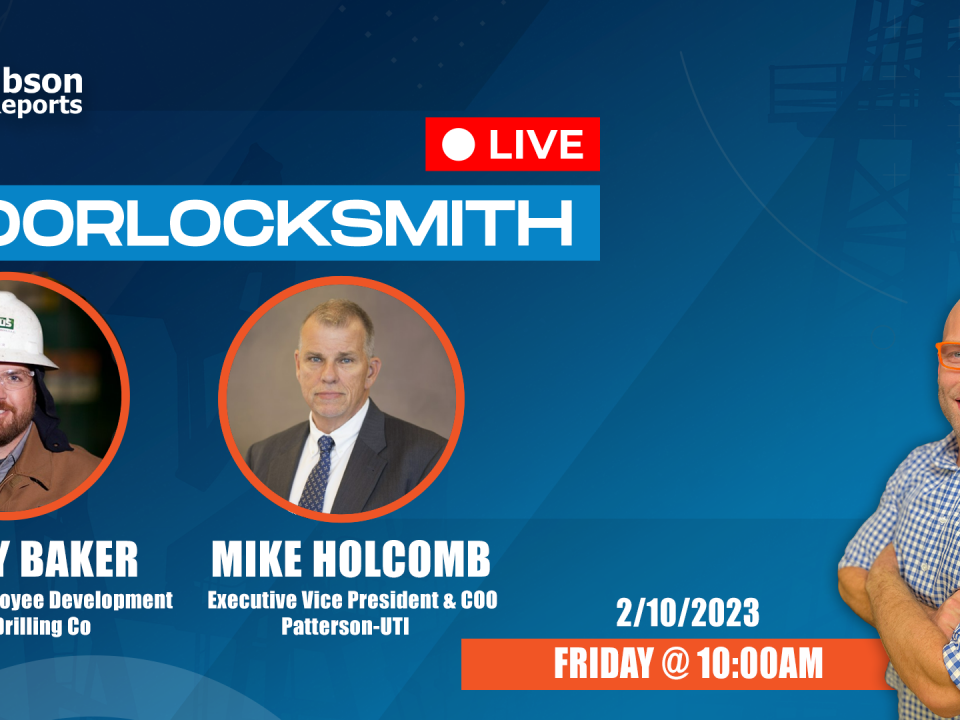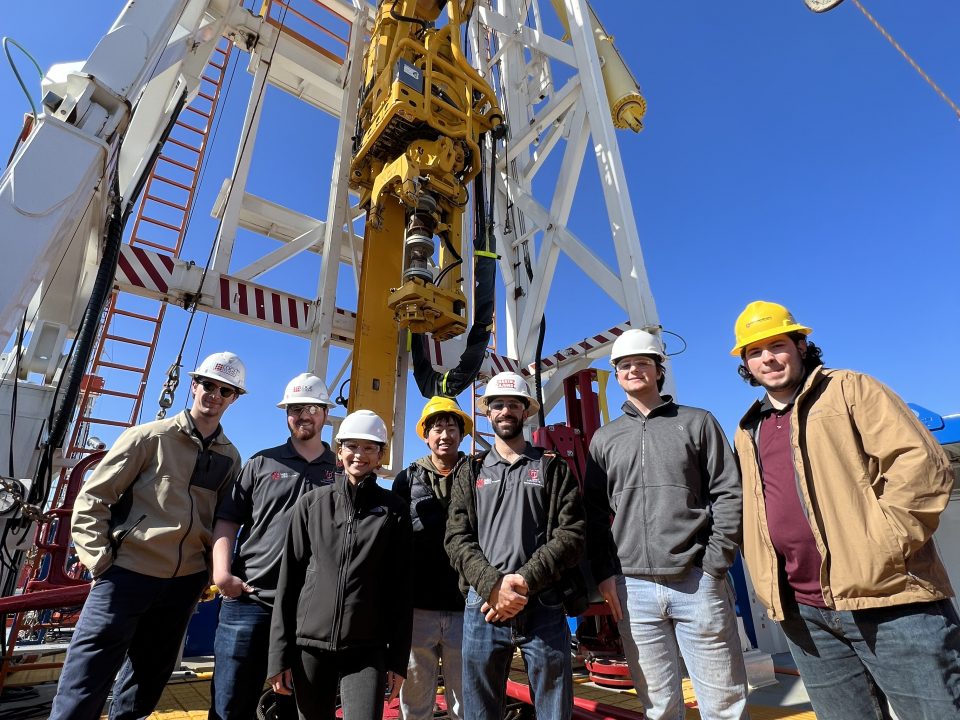Drawworks and Accessories: Operation and Maintenance Safety
Drawworks and Accessories: Operation and Maintenance Safety
The driller is in direct supervision of his men for their tour. It should be noted by all crew members that they are to report any breakdown or failure to their driller as soon as possible. Each breakdown or failure of a system (guard) on the drawworks could be a safety hazard.
- The driller should know or learn as quickly as possible the limitations or capacity of his men. A driller can operate the rig only as fast as the slowest member of his crew. Overrunning a crew can result in a serious accident.
- A smooth running, well-maintained drawworks counts for a lot in a safe operation. A worn-out, maladjusted brake system, a stiff operating clutch handle, a clutch that doesn’t release properly and even a loose dragging chain can be an accident waiting to happen. A regularly scheduled, thorough lubrication program should be maintained. The drawworks should be lubricated on a regular basis as recommended by the manufacture. Some grease fittings are not in sight, so each crewman should know where they are. If a grease fitting is located near moving parts, the drawworks should be stalled by the driller and the driller should remain at the controls until he is given an all clear signal by all personnel doing the servicing. The drawworks’ chains need to receive adequate oiling. Keep the drawworks chain oil sump filled. Check that all the chain oiler nozzles are in place and not plugged (this is a good maintenance item to do when the rig is rigged down).
- The brake system should be visually inspected on a regular basis. Look for cracked brake bands, worn linkage and loose brake blocks or blocks getting thin so as to be unsafe.
- Makeup or breakout catheads that are not properly adjusted are a safety hazard. Cathead foul guards should be properly positioned.
- In the event of a breakdown in the rig’s drawworks, steps need to be taken to make repairs safely:
- Lockout/Tagout should be used.
- On mechanical rigs, if the engines cannot be shut down, the air line to the engine clutches should be removed.
- On electric rigs, the control switch in the SCR house should be turned off and locked out.
- The auxiliary braking systems must function properly. Crewmen should check to make sure adequate water is running to the auxiliary brake to keep it cool and braking properly. Make sure that the overriding clutch engages properly.
- The drawworks braking system must be properly cooled. When tripping in the hole during hot weather it is advisable to keep the cooling water tank full. When running in the hole, utilize the auxiliary brake properly to keep the drawworks brakes from overheating.
- Keep the drawworks brake blocks dry.




